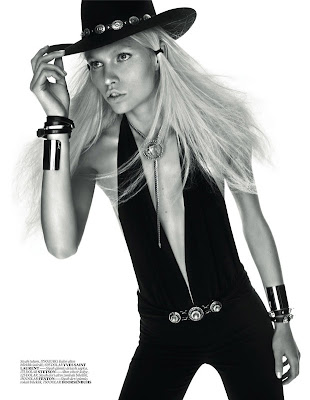by
B. Morris Allen Penumbra
Penumbra asked me to write a blog post on the same day I heard that Iain Banks had only a few months to live. So, in honor of Mr. Banks, I've taken him as the seed for this post.
I've been reading Banks (mostly Iain M. Banks, but I expect both of him are leaving us) since
Consider Phlebas, back in the 80s. Happily, a lot of others have too, and he prospered.
Banks is good at a lot of things, but he's an expert at space opera. It's true that Banks' Culture and Smith's Lensmen are parsecs apart, but they both deal with grand themes, vast distances, and big decisions. Both succeed by personalizing those larger than life issues, and bringing them down to a human (or alien) scale.
That's what speculative fiction is all about. Sometimes (Asimov's
The Gods Themselves) it's nominally about exploring some new dimension of science. Sometimes (Le Guin's
The Ones Who Walk Away from Omelas or Tepper's
The Gate to Women's Country) it's doing the same with social constructs. But even when it's just Tumithak wandering the corridors, or Durzo Blint training a new apprentice, it's all about people. How do they react to the kind of situations that only speculative fiction can put them in? What do they do, and when they do it, what kind of people do they become?
Of course, not all speculative fiction is quite so contemplative, and I originally came to science fiction and fantasy for Barsoom-type adventure, as I suspect many do. If you'd talked to me about people and character all those years ago, I would have waved it off. Sure, yes, all fiction is really about people. Blah, blah, blah. It wasn't until I read Arthur C. Clarke's
Imperial Earth that I realized SF heroes did not have to be John Carter hero types, no mean swordsman on any number of worlds. But even John Carter had Dejah Thoris to bring out a meaningful human side. But I want excitement and imagination too. Speculative fiction's strength is that it takes regular people (plus some steel-thewed heroes and beautiful geniuses), and puts them in situations that make you think.
The good thing about writing speculative fiction is that you can start from either end. In my case, I sometimes have what I think is a neat idea. For example, my novella
The Speed of Winter started from the chance conjugation of an idea (what would it be like to be the last child on an arkship gone wrong?) and a line from the UN Human Development Report for Mongolia ("the speed of winter"). I took the scenario that suggested, and imagined what people would do (and what it would do to people). The answer I came up with was grim (that's artistic license at work, not innate pessimism). Just as often, though, I start with characters and see where they take me. I know a little about them when we start, and I get to know them better as we go. As authors have been saying since they first told stories, sometimes the characters surprise me. That's true even when I writing about myself (in my one semi-autobiographical story, "Spring and the Arachnodactylist").
I don't know Iain Banks, and clearly now I never will. But I know his books. He's a master of the technical, both hardware and sociocultural. But his strength is that he never neglects his characters; I know them too. They're complex and finicky, and sometimes they surprise me. Here's hoping they keep doing that in re-read after re-read for many decades to come.
B. Morris Allen grew up in a house full of books that traveled the world, and was initially a fan of Gogol and Dickens. Then, one cool night, he saw the light of Barsoom...
B. Morris has been a biochemist, an activist, and a lawyer. He pauses from time to time on the Oregon coast to recharge, but now he's back on the move, and the books are multiplying like mad. When he can, he works on his own contributions to speculative fiction.











































